Bikepacking Big Bear Lake – The Gear I Carried With Me
Here’s a detailed breakdown of each and every item I carried with me on my recent bikepacking trip in the mountains above Big Bear Lake in Southern California. Feel free to use this bikepacking gear list as a template for your own bikepacking adventures.
Chumba Ursa 29+
The Chumba Ursa 29+ is a mountain bike designed specifically with bikepacking in mind. It’s extra wide 29+ tires make your ride on the bike super comfortable and it has all they eyelets you need to mount racks and water bottle cages.
Shimano SPD Pedals
When I’m cycling off-road, I usually chose to ride with SPD shoes and pedals. This way my feet don’t accidentally slip off the pedals as I’m cycling over rough terrain.
3 Water Bottle Cages
The way I set up my bikepacking bicycle, I have two regular water bottles mounted to the sides of the front fork and an additional water bottle mounted on the underside of my bicycle’s down-tube.
5 Water Bottles
While there may only be three water bottle cages on my bicycle, I actually have the ability to carry a total of 5 water bottles, thanks to the two Rattlesnake Stem/Bar bags I have mounted on the backside of my handlebars.
Divide Frame Bag
Inside the main triangle of my bicycle, I’m using the Wanderlust Gear Divide Frame Bag, which I use to carry soft clothing items, food, a few bike tools and a mix of other random accessories.
Sawtooth Bar Bag
I love the Wanderlust Sawtooth Bar Bag because not only is it big enough to carry my tent, but it still has room inside for a jacket and other items as well, if need be.
Piñon Pocket Handlebar Bag
If there’s anything I need to reach often or access easily as I’m cycling (such as my camera, smartphone or snacks) , I store it in the Piñon Pocket handlebar bag, which is mounted over the front of the Sawtooth Bar Bag.
Shenandoah Seat Bag
Being one of the larger bags on my bikepacking gear list, the Shenandoah Seat Bag is where I carry my large, cold-weather sleeping bag.
Beargrass Top Tube Bag
The Beargrass Top Tube Bag, as its name implies, sits between my legs on the top of the top tube of my bicycle – near my handlebars. Because the bag is right in front of me as I ride, it’s the perfect place to store and easily access my camera.
2 Rattlesnake Stem/Bar Bags
These two small bags make bikepacking an absolute joy! Now there’s no longer a need to bend over and wrestle with your water bottle cages each time you need to take a drink.
Monida Accessory Bag
This cylindrical bikepacking accessory bag can be used for a number of different ways and mounted on a number of different points on your bicycle. I, however, have it mounted to my bicycle’s down-tube (near the bottom bracket) and it carries my sleeping pad inside.
Salsa Anything Cage
The Salsa Anything Cage is basically a big, oversized water bottle cage, which can carry an oversized water bottle, but is also perfect for mounting the Wanderlust Gear Monida Accessory Bag, which is how I use it.
Big Agnes Copper Spur HV UL 1-Man Tent
This has got to be one of my favorite, lightweight, 1-man tents that I have ever owner. The Big Agnes Copper Spur HV UL 1-Man Tent is compact, lightweight, rugged, and perfectly designed for bikepacking.
Marmot Sawtooth Sleeping Bag
This sleeping bag is the larger and heavier of the two Marmot sleeping bags I own, but it’s the bag best designed for cold-weather camping, which is why I chose to use it on this particular trip.
REI Flash Sleeping Pad
The REI Flash is one of the smallest and lightest inflatable sleeping pads on the market today. It’s comfortable, easy to inflate and deflate each day, and lifts you up off the ground as you sleep – ensuring you stay warm even in cold weather.
Lezyne Sport Drive HV Hand Pump
The Lezyne Sport Drive HV hand pump is an inexpensive bicycle pump, but it has worked flawlessly on my travels all around the world. It’s compact, lightweight, easy to use and relatively inexpensive as far as bike pumps go.
Multi-Tool
The wooden multi-tool I carry is a little on the heavy side, but it has all the Allen wrenches, screwdrivers, and such that most bikepackers need. The only thing missing in a chain tool, which can come in handy at times.

Tire Levers
In the event I need to remove my tires from the rim of my wheel, I’m carrying two small plastic tire levers along with all the other tools in my bikepacking gear list.

Patch Kit & Rack Screws
In the event of a flat tire, I’m carrying a standard bicycle patch kit, along with a few spare rack screws in case some of the screws currently being used to hold my water bottles in place were to fall out.
Tubeless Tire Plug Kit
Most bikepacking bicycles are now equipped with tubeless tires that self-patch small holes caused by needles, glass and thorns. But if you get a big hole in your tire, you’ll need some of these tubeless tire plugs.

Beanie
To keep my head warm at night while I sleep, I pack and carry this small, lightweight beanie. I also use this beanie as padding for my camera when I have it stored inside my top tube bag.

Hat
I pretty much always carry a baseball style hat with me when I’m biking. I use this hat mostly to cover up my helmet hair, but it’s also useful for keeping the sun out of my eyes in certain situations.
Bike Helmet
The Giro Revel isn’t a high-end bike helmet, but it fits my head well and is remarkably comfortable. I wish the visor were a little bigger (to help shield my eyes from the sun), but otherwise it’s a nice, inexpensive bike helmet.
Long-Sleeve MTB Jersey
I bought this long-sleeved cycling jersey from Fox, thinking that I would rarely, if ever, wear it, but it has turned out to be my favorite cycling jersey ever. The jersey is light enough that I can wear it even in hot weather and the sleeves help to protect my arms when cycling through trees and bushes.

Shorts
I don’t ride in a pair of special bicycle shorts. I just cycle in a pair of black Hurley shorts – like the kind you might find at your local surf/skate shop. I find these to be more than comfortable for my bikepacking adventures.

Fleece Jacket
My main insulating layer is a fleece jacket from Columbia. I wear this jacket while I’m cycling during the day sometimes and then wear it to sleep, if need be, when I’m confronted with cooler weather conditions.

Down Jacket
To keep me warm during to cold night, I packed this large down jacket and actually wore it inside my sleeping bag at night. It takes up a lot of room on the bike, but is essential when camping in cooler climates.

Fleece Pants
For sleeping at night, I pack a small, light and compact pair of fleece pants. These pants are great to wear around camp or inside my tent while I’m sleeping.

Snow Pants
In addition to the fleece pants I packed, I also brought along a much warmer pair of Patagonia snow pants. I probably didn’t need these, but I brought them along just in case it was extremely cold at night.

T-Shirt
In addition to the single bike jersey I was wearing most of the day, I also packed one T-shirt that I wear to around camp, walk around town in, and use to sleep in at night.
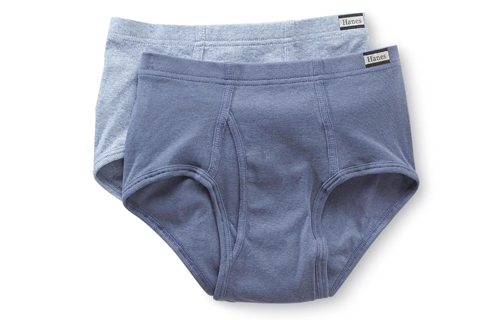
2 Pairs of Underwear
No bikepacking gear list is complete without at least a pair or two of underwear.

Full-Finger Cycling Gloves
I use a pair of Fox mountain bike gloves to protect my hands as they bounce and move around in rocky off-road terrain. These full-finger gloves also work to keep my hands warm in cooler weather conditions.

2 Pairs of Black Socks
I packed two pairs of black socks for this particular bikepacking trip. I could have gotten away with just one pair on this short overnight trip, but I wanted to have a second pair of socks just in case I got a hole in one of the socks.

Warm Winter Socks
In addition to the black socks I pack for wearing on the bicycle each day, I also pack a larger and warmer pair of socks to sleep in or wear around camp. These are great to have in colder climates.
Pearl Izumi SPD Cycling Shoes
These Pearl Izumi shoes are the ones I’m currently using for my bikepacking adventures. They are SPD cycling shoes that allow you to clip into the pedals and walk around in relative comfort when you step off the bike at any point in time.

Sunglasses
A quality pair of sunglasses are essential for any type of bikepacking gear list. I have a pair of Nike sunglasses that I’ve been using for years, but almost any pair of sunglasses will do.
Digital Camera & Spare Batteries
To document my bikepacking adventures, I use the Canon G7X Mark II as my high-end photo and video camera. The camera is heavy for its size, but compact enough to be carried inside my top tube bag as I ride.
Tripod
Because I’m documenting my bikepacking trips with both photos and video, I carry a Sony VCT-60AV tripod, which I rest my camera on top of whenever I need to get a shot of me riding my bicycle.
Smartphone
For mapping out my route, listening to music/podcasts, learning foreign languages and simply entertaining myself, my Samsung Galaxy S7 smartphone is one of my favorite bikepacking essentials. Don’t forget the charging cable and backup batteries!

Earphones
When I crawl into my tent at night, the first thing I usually do is plug my earphones in and start listening to a podcast. I will cycle with the earphones in my ears in some instances, but that rarely happens.

Backpack
Because I wanted to bring my drone with me on this trip, I opted to carry a small, lightweight backpack with me…. and for this purpose I chose to use the Patagonia Refugio 28 L backpack.
DJI Spark Drone
Even with the DJI Spark drone being so incredibly small, I couldn’t really find a place to carry it on my bikepacking bicycle, so I opted to carry it and its three spare batteries in a small backpack I wore on my back.

Lip Balm
I carry this stuff on all my bike tours. It really comes in handy when it’s hot and sunny out. Good protection for you lips!

Toilet Paper
It’s always a good idea to have at least a half roll of toilet paper on you at any given moment, in case nature calls when you’re far from a public restroom. This is extremely relevant on a back-country bikepacking trip such as this.

Paper Map
While it may be popular to use a smartphone, GPS or cycling computer to navigate in today’s modern bikepacking world, the truth is that on a short bikepacking trip like this, all you really need is a simple paper map.
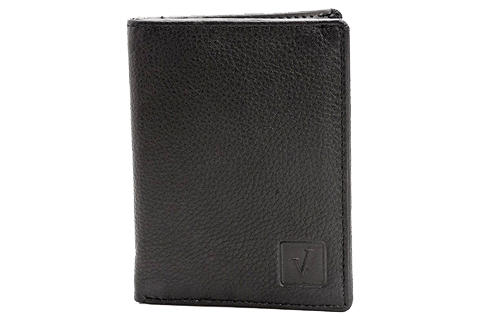
$20 Cash & Drivers License
Finally, I carried my ID and $20 USD cash in my backpack. I actually left the wallet at home just to save myself a little more weight.
My Big Bear Lake Bikepacking Gear List:
It should be noted that I’m carrying quite a lot of cold-weather gear and clothing with me on this particular bike tour. Even though this bike tour took place in Southern California, which is known for its near perfect year-round weather, Big Bear Lake is located at high elevation and it does dip below freezing at night during the winter months. It is for this reason that I chose to carry so many winter items with me on this trip. Had I been doing this bikepacking trip during the summer months, I may have been able to pack far fewer clothing items and swap out my Marmot Sawtooth sleeping bag for its much smaller and lighter counterpart – the Marmot Always Summer sleeping bag.
- Click here to learn more about the basics of bikepacking and discover how easy it is to start conducting your own incredible bikepacking adventures.
- Or click here to learn more about my bikepacking trip in Big Bear, California and download my free Skyline Drive bikepacking map.
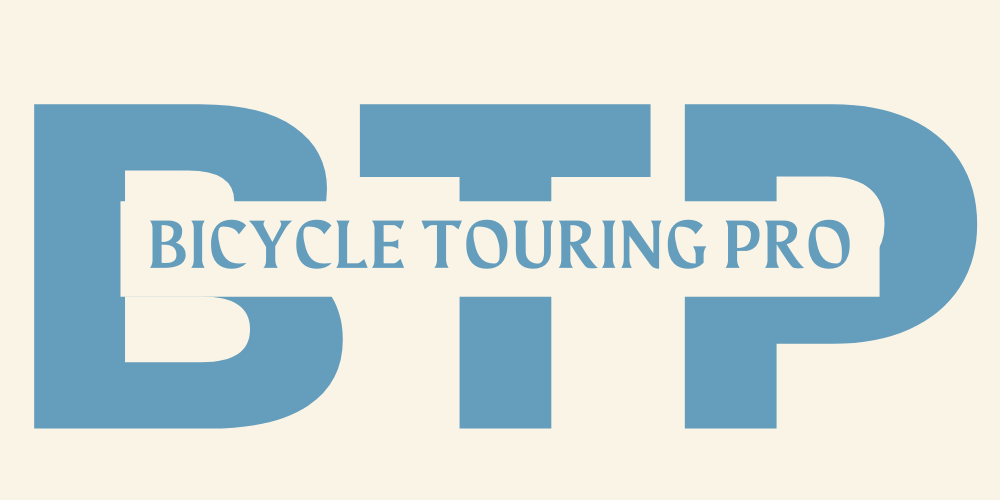








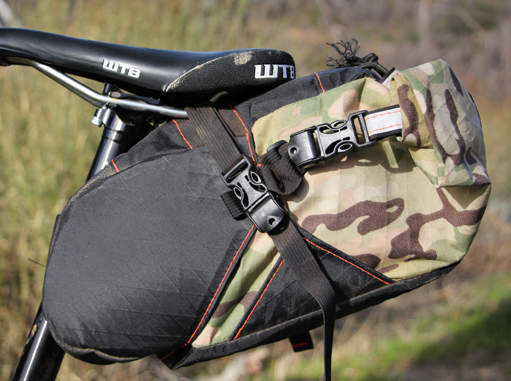


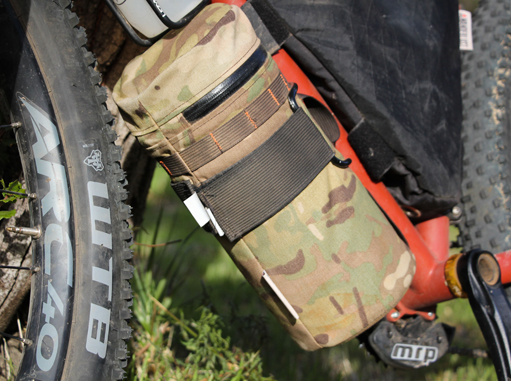
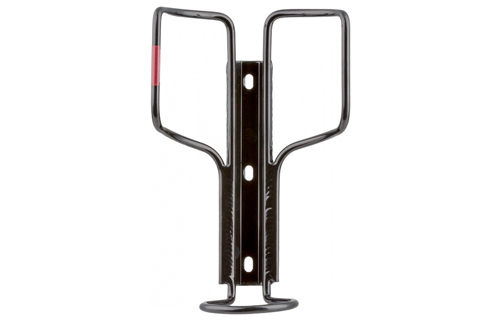











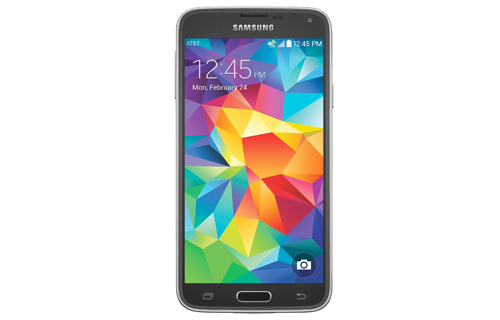
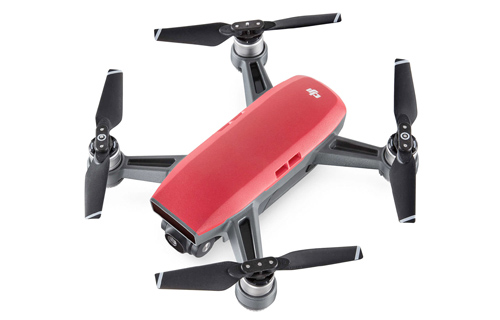
Comments are closed.